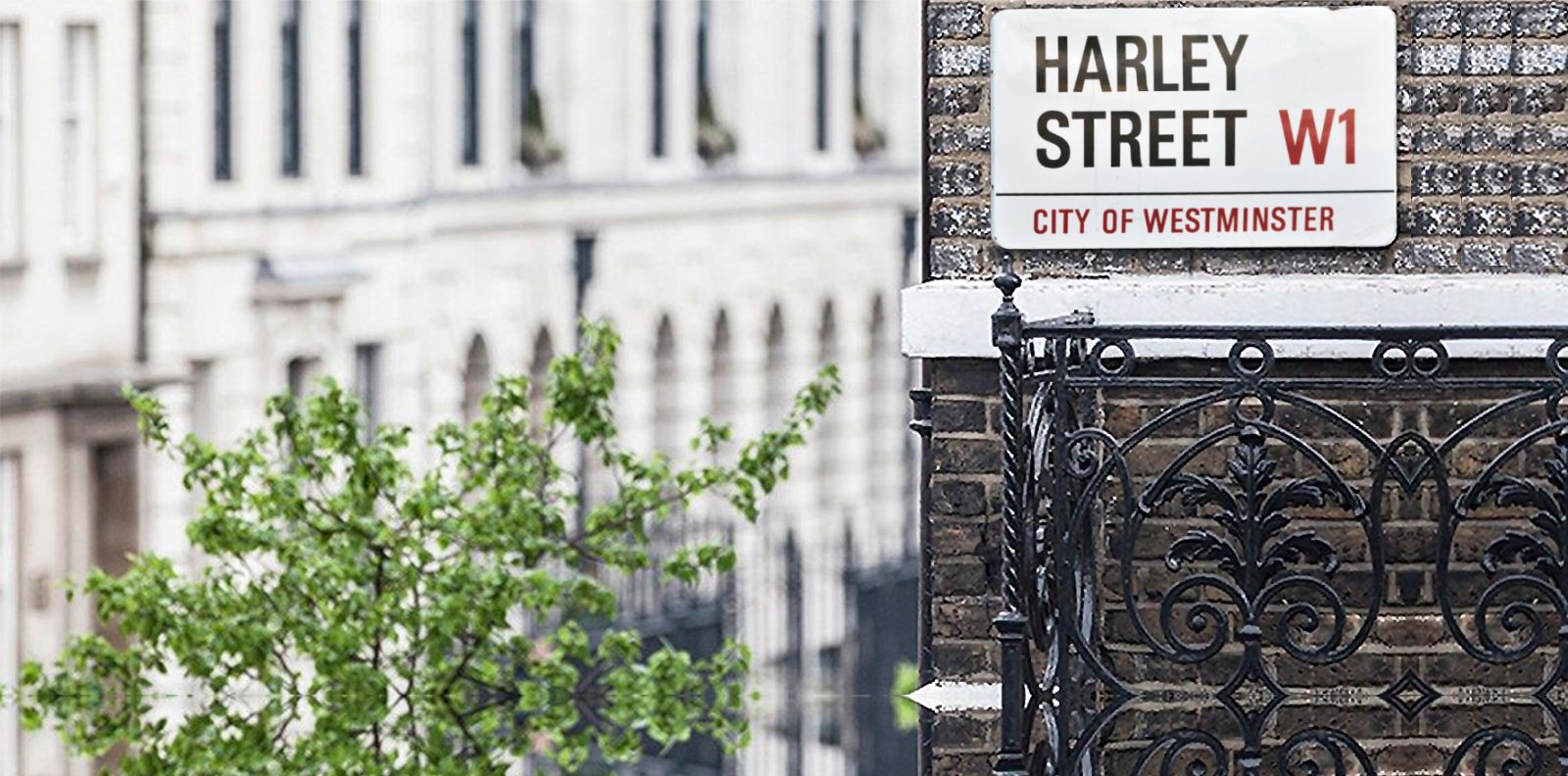

111 Harley St. are rated an average of 5 out of 5 based on 1376 reviews
A facelift is a dynamic operation that involves repositioning and elevating the skin, muscles and soft tissues into a more youthful position.
The surgical approach varies depending on your unique needs, but usually addresses facial sagging to tighten the lower face, neck and jawline. As a master of Facial Reconstructive Surgery, Dr Yannis’ technique to performing facelift procedures is highly sought after by VIP’s, celebrities, politicians and actors. Dr Yannis Alexandrides pioneered the ‘Y Facelift’ procedure – a surgery that is not only named after himself but symbolises the shape of the area he aims to target – the arms of the ‘Y’ representing the jawline and the tail of the letter symbolising the neck – is a type of lower face lift procedure that lifts the face and the neck simultaneously, offering a natural and contoured look. This operation accentuates the profile and is desirable for those who spend a lot of time in front of the camera or in the public – or for anyone seeking that star-quality look.
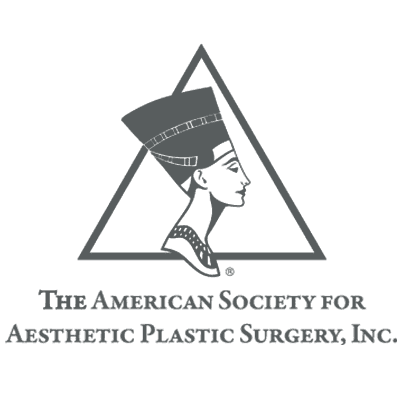
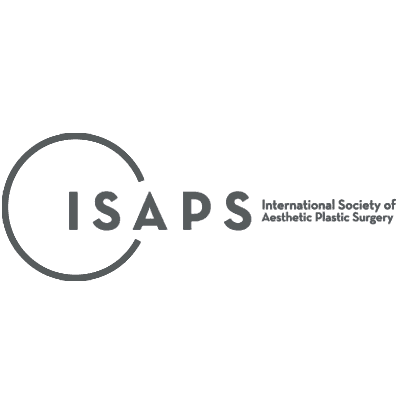
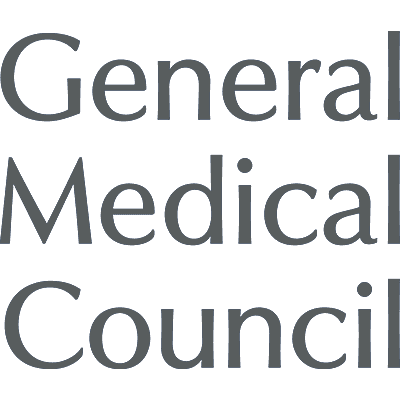
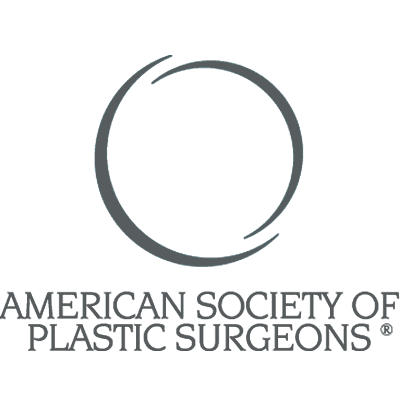
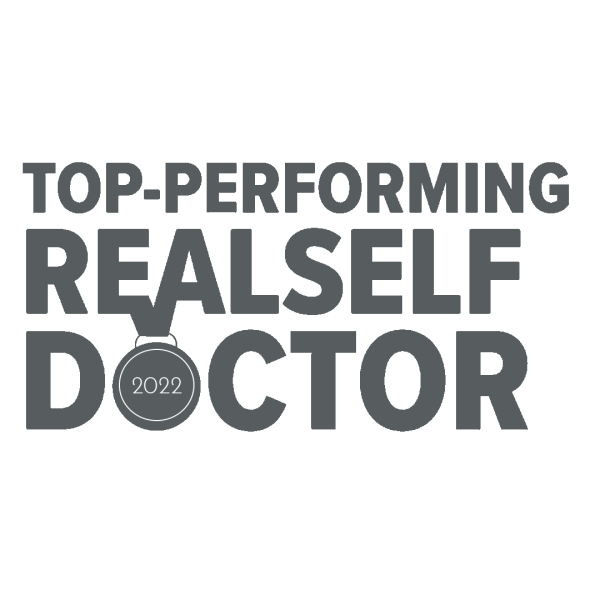
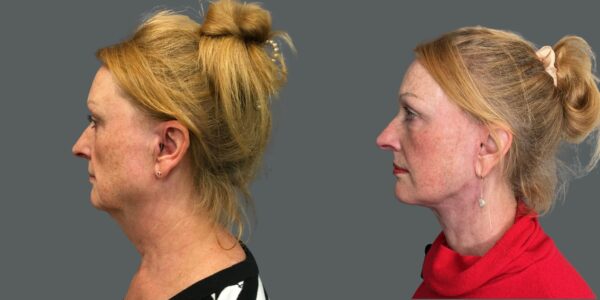


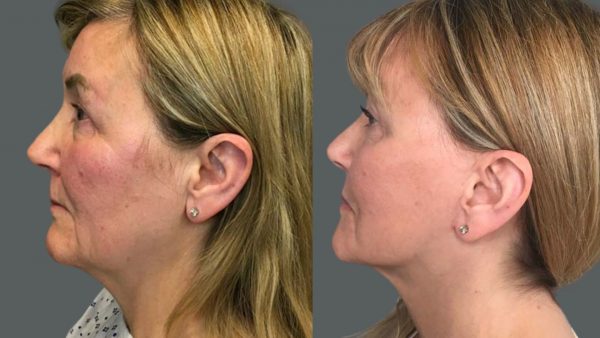

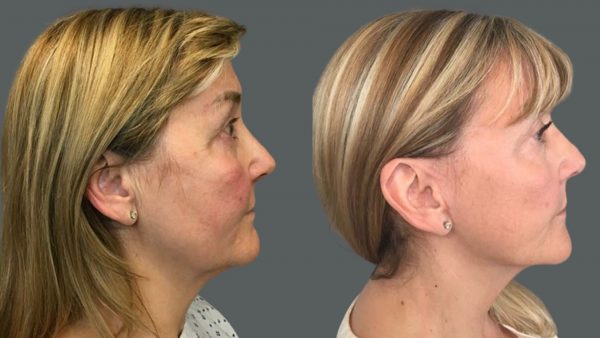
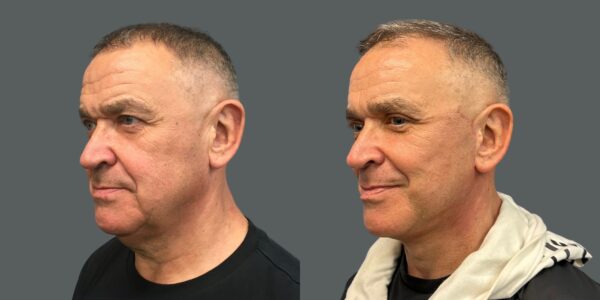
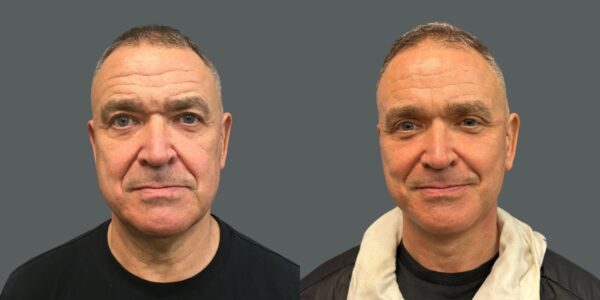
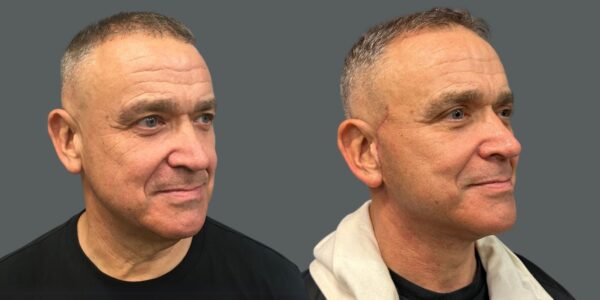
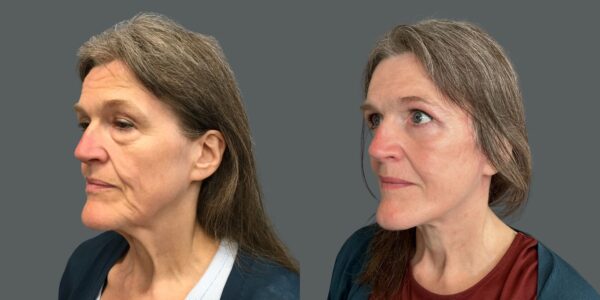

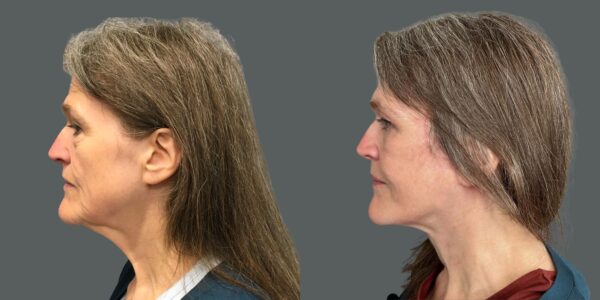
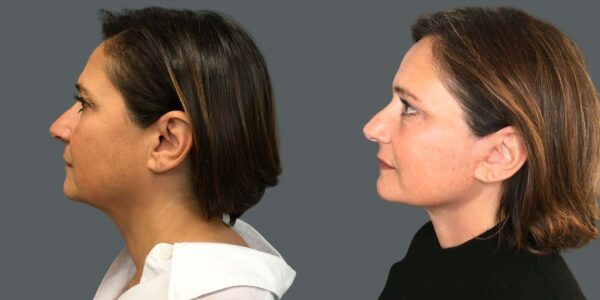
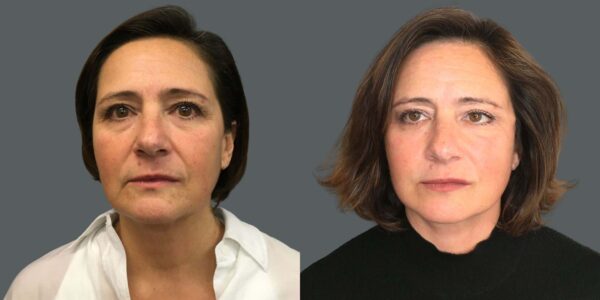
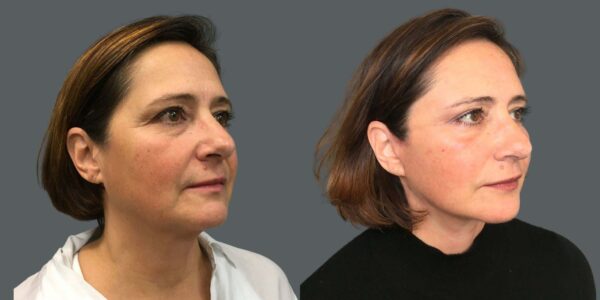
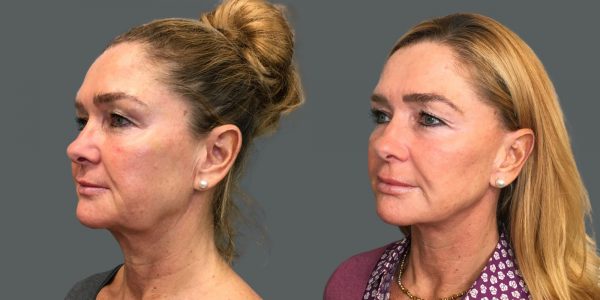
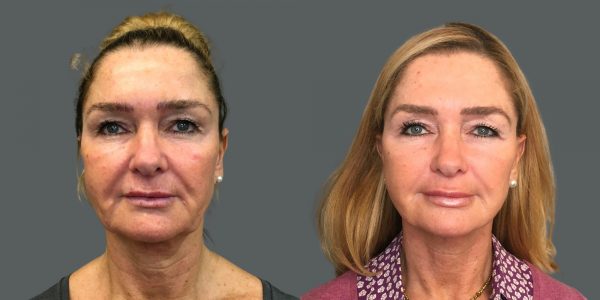

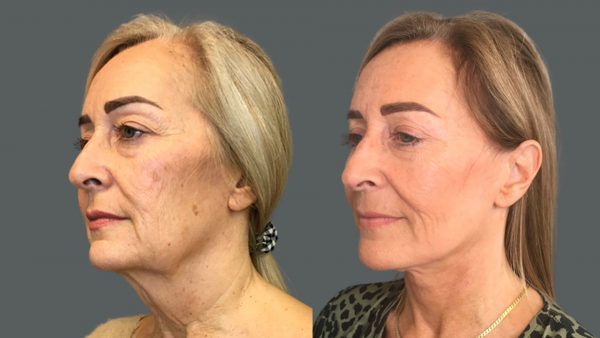

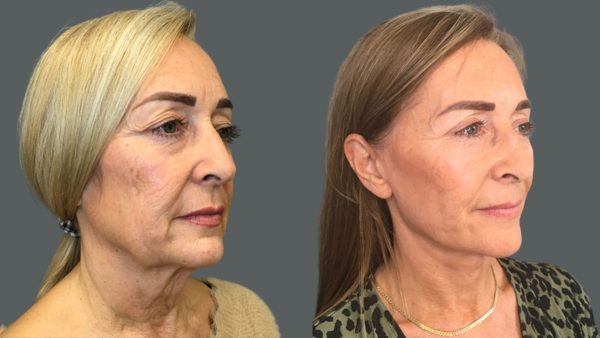
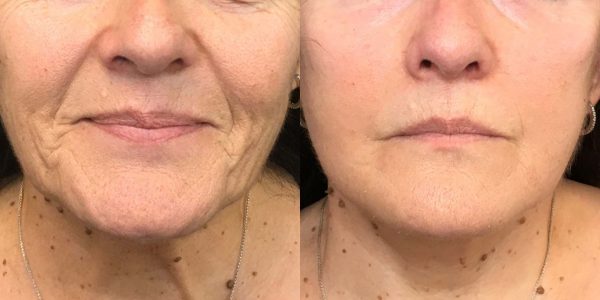
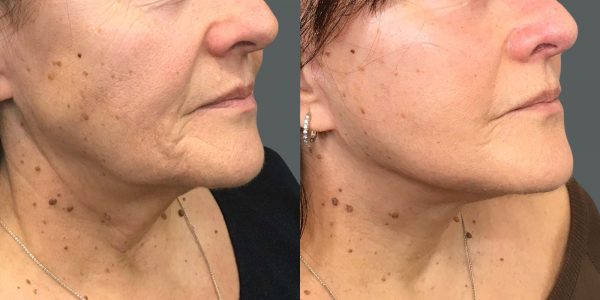
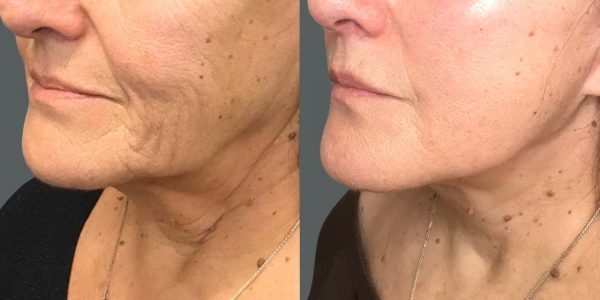
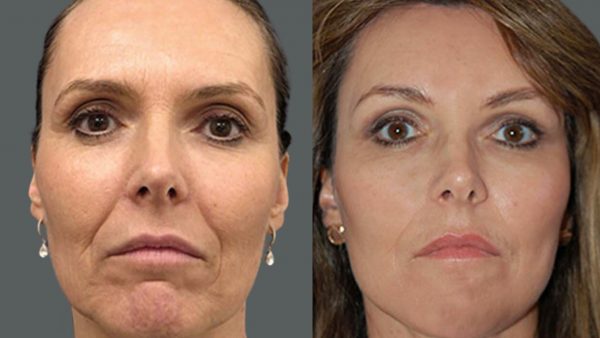

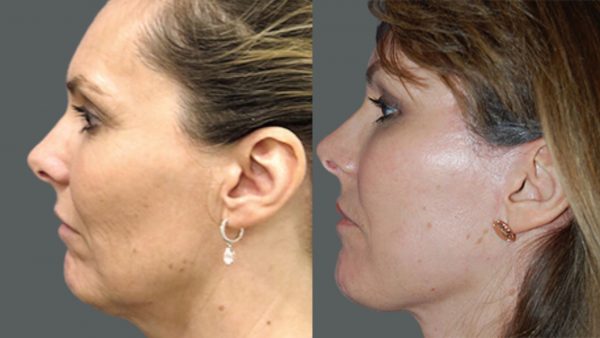
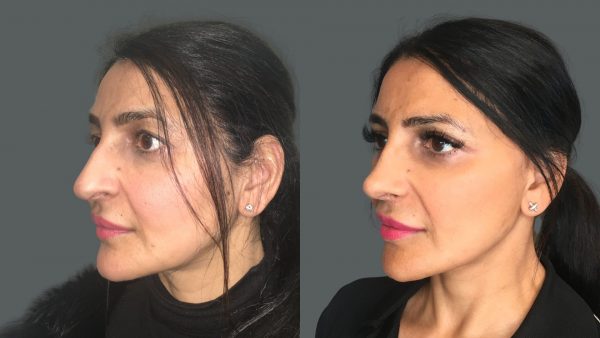
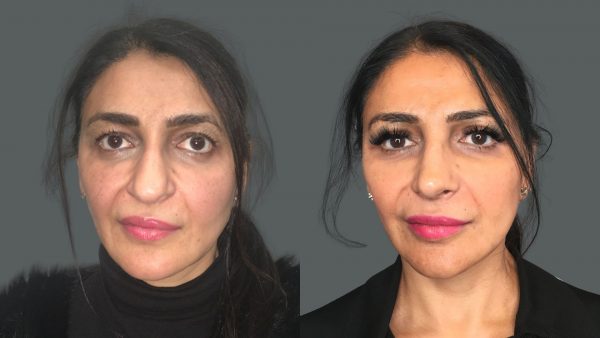
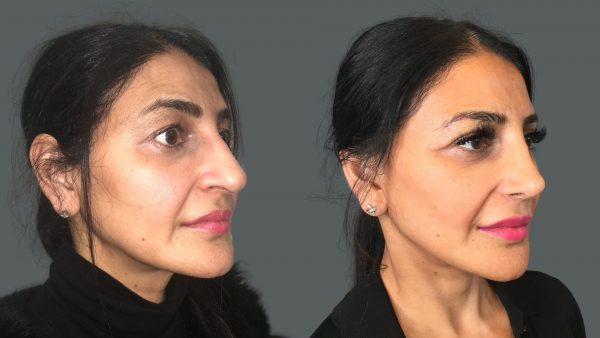
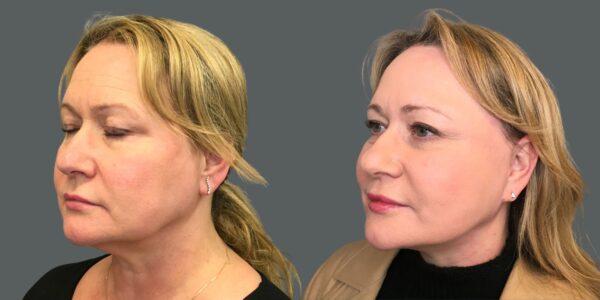
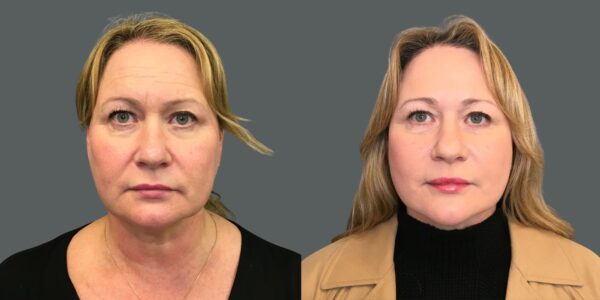
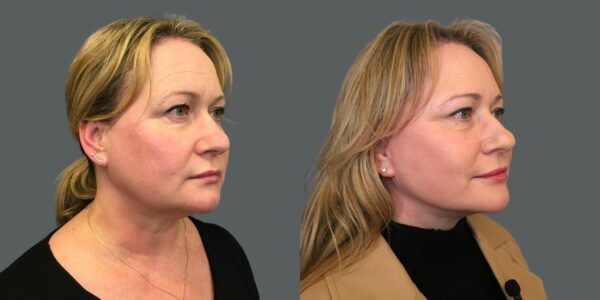
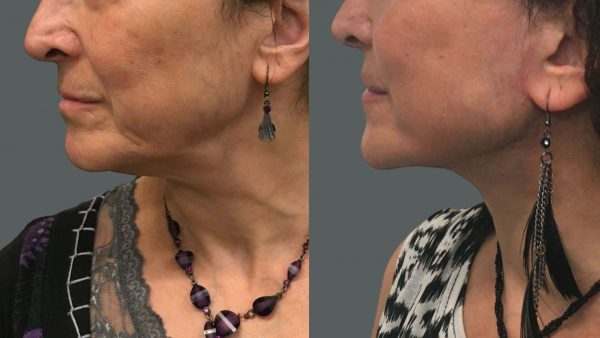
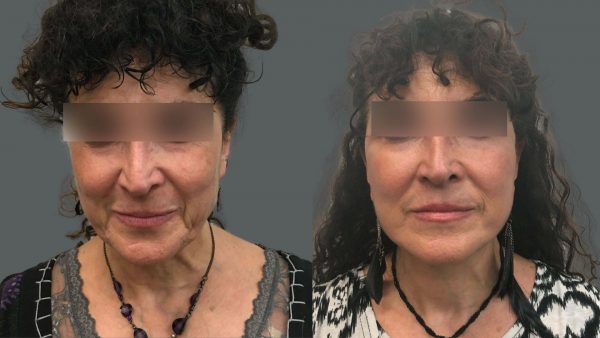
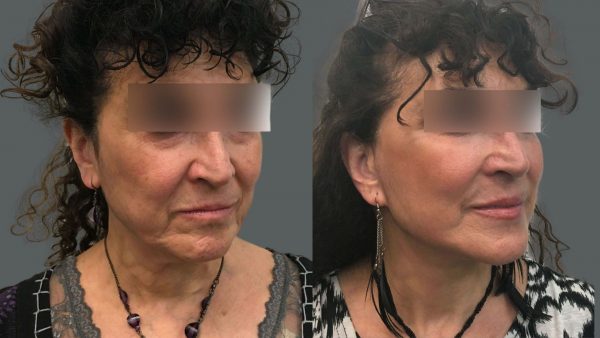
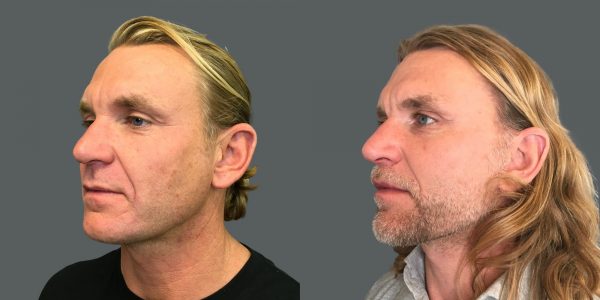
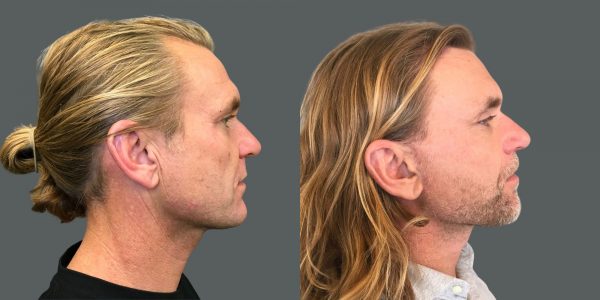
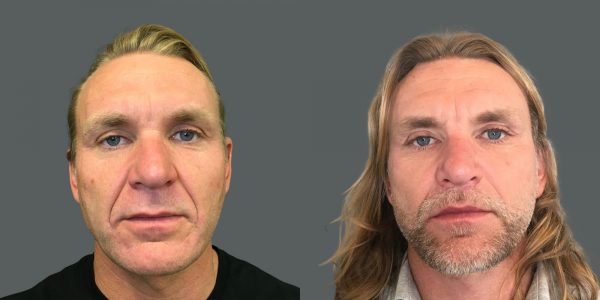
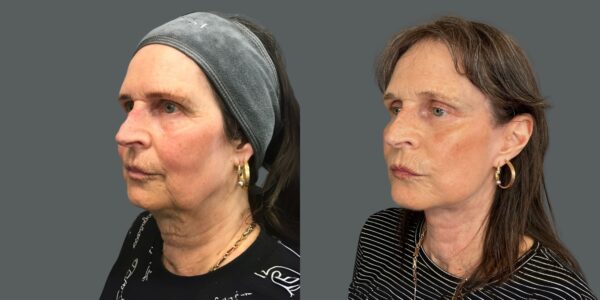
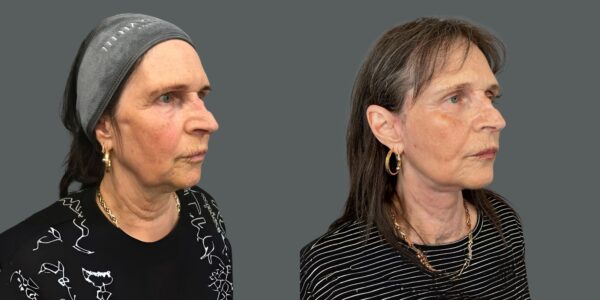
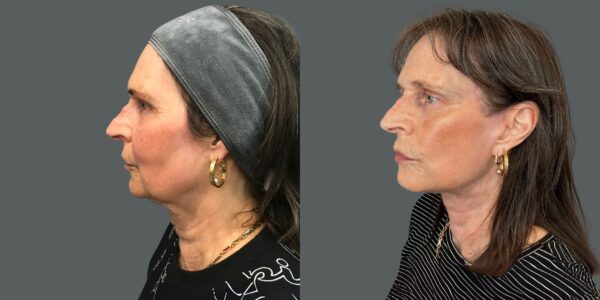
Please note, all consultations are subject to the applicable consultation change or deposit.


Surgical In-Clinic Consultation Fee: Dr Yannis £350 – Mr Reza £200
Surgical Virtual Consultation Fee – £200
To request a consultation, please complete this form.
Surgical In-Clinic Consultation Fee: Dr Yannis £350 – Mr Reza £200
Surgical Virtual Consultation Fee – £200
